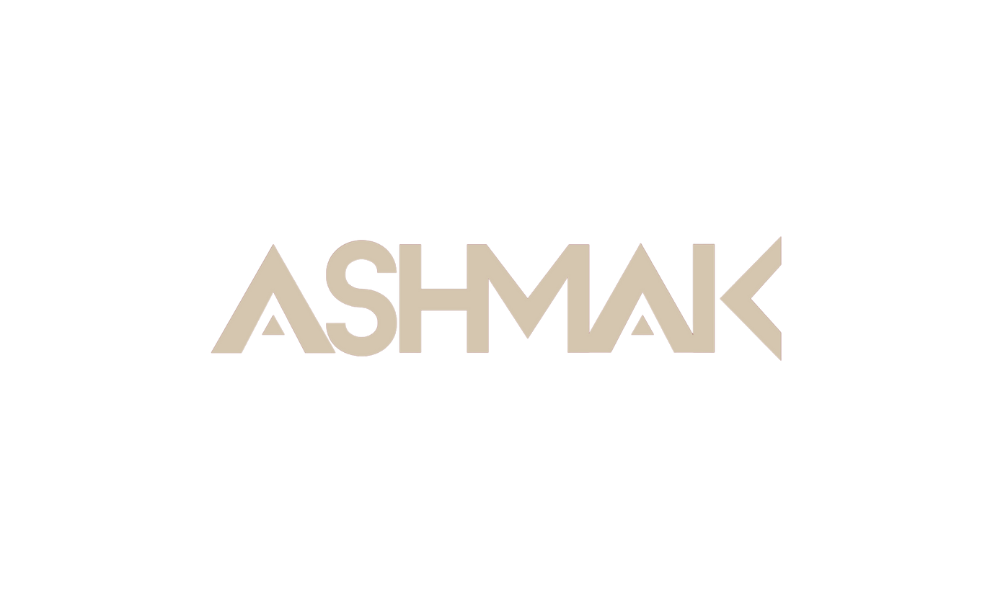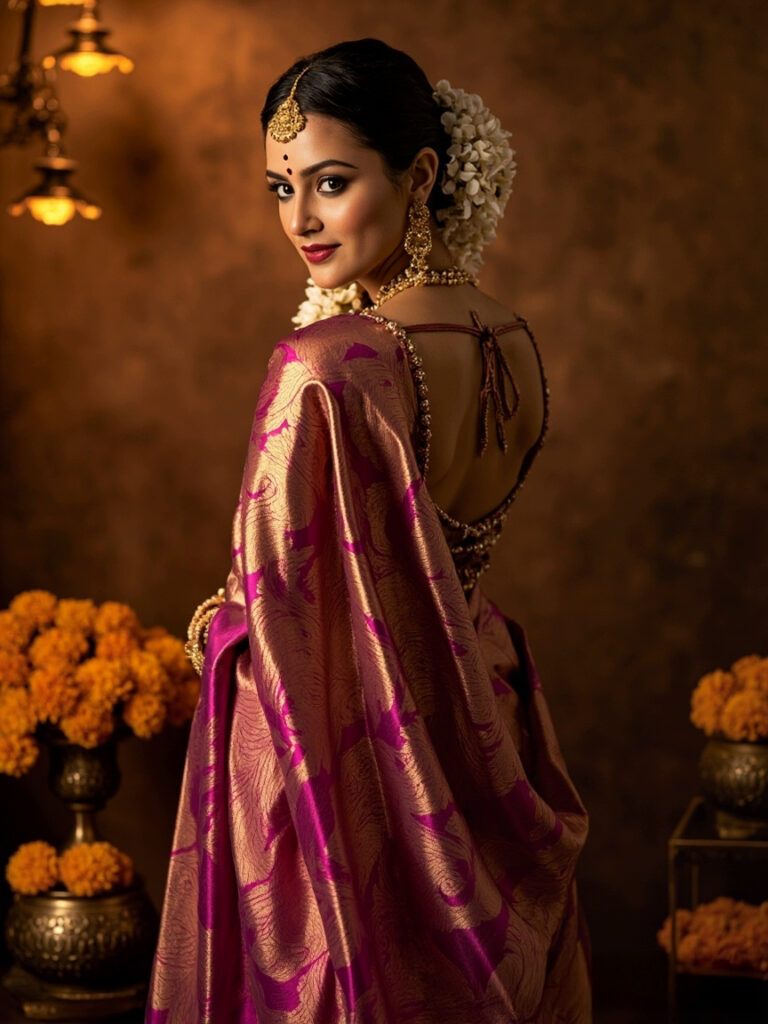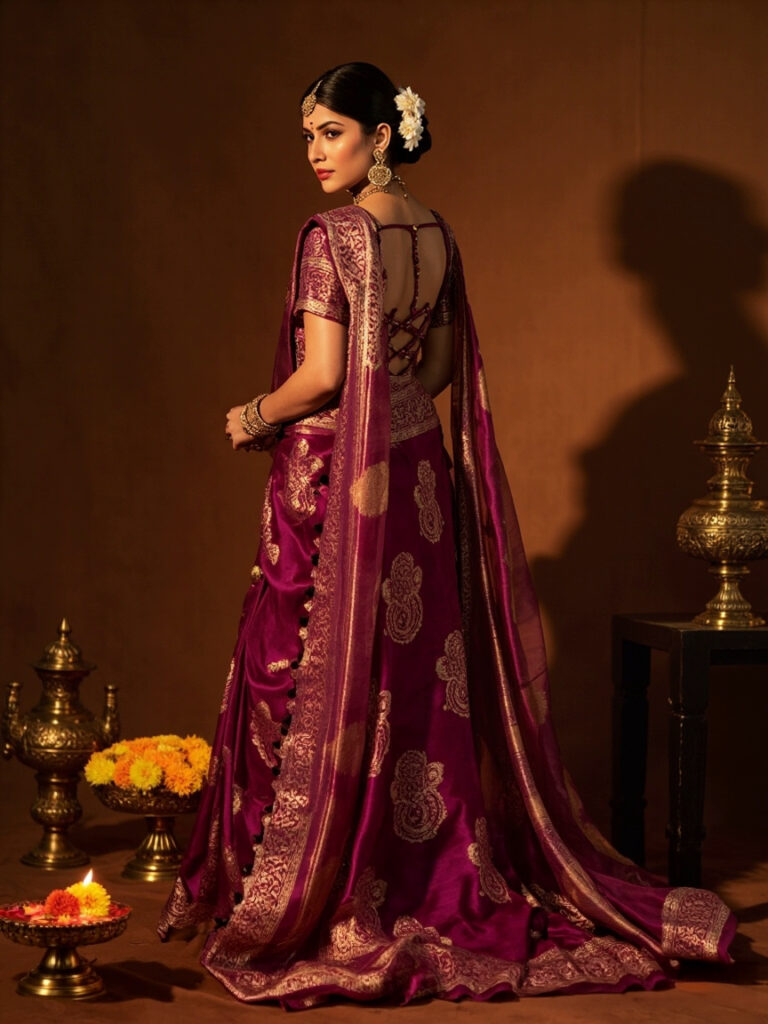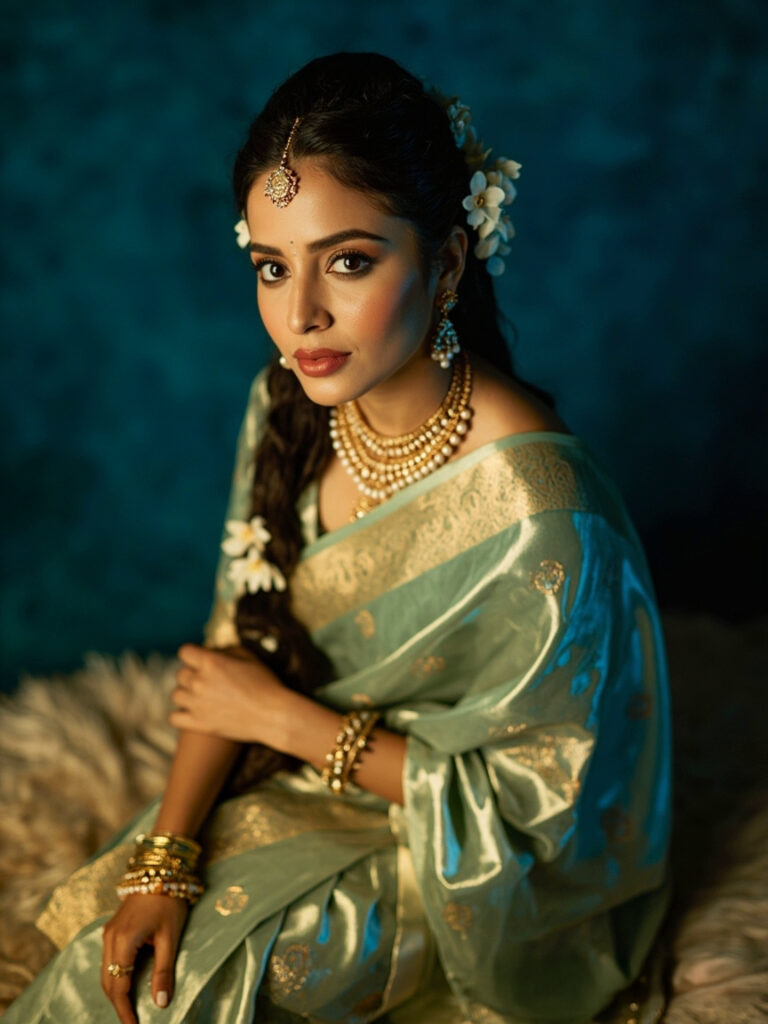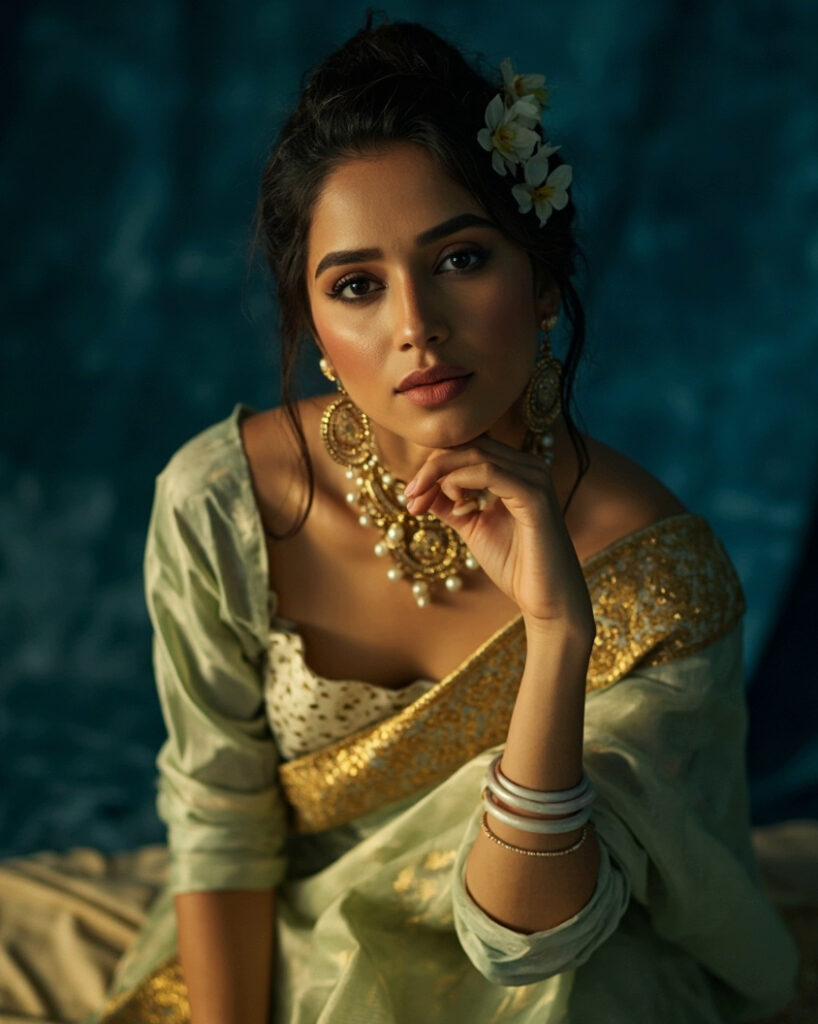Will AI Replace Creatives or Redefine Them? Exploring the Future of Photography, Video, and Visual Storytelling
In the last few years, Artificial Intelligence (AI) has rapidly shifted from a futuristic concept to a transformative force in nearly every industry — and media production is no exception. From AI-generated models to virtual environments, automated editing, and hyper-realistic imagery, the line between traditional production and machine-assisted creativity continues to blur.
At Ashmak Media, we’ve witnessed this shift firsthand — and embraced it. In fact, one of our recent projects for a luxury saree and clothing brand was powered entirely by AI-generated photography. The result? High-resolution, hyper-styled visuals with impeccable lighting, model realism, and wardrobe integration — all created without a physical camera or a studio setup.
How AI Is Changing the Game in Photography & Video Production
1. AI in Photography
Platforms like Runway ML, DALL·E, and Midjourney have made it possible to render editorial-style images that would once require full production teams.
AI-generated models now simulate realistic poses, facial expressions, and diverse body types without the need for physical casting.
Virtual fashion shoots let brands visualize collections on digital avatars before actual production.
Q2. AI in Video Production
Virtual production environments powered by AI (like Unreal Engine integrations) allow directors to visualize scenes in real time.
AI video editors can cut, trim, color grade, and even auto-sync music to footage with impressive precision.
Synthetic actors and voiceovers are being used for explainer videos, training content, and ad films.
Case Highlight: Saree Campaign Powered by AI
For one of our latest clients — a contemporary saree brand — we used AI tools to generate digital models, styled looks, and editorial photo compositions to visualize their collection before production. The speed, flexibility, and cost-efficiency were unmatched.
The best part? It allowed the brand to experiment creatively without the typical logistical constraints — leading to faster decision-making and clearer brand communication.
What’s Next? AI in Media Production by 2030
According to research from McKinsey and Gartner, by 2030:
- Over 40% of creative tasks in content production will be supported or enhanced by AI tools.
- Generative AI will enable smaller teams to produce cinematic-level content.
- Real-time collaboration with AI-powered assistants will be the norm in post-production.
This evolution doesn’t mean human creatives will disappear. On the contrary, AI will amplify human imagination by taking over repetitive, technical tasks — allowing artists, directors, and designers to focus on high-level storytelling and innovation.
So… Will AI Replace Creatives?
Here’s the big question:
Will AI replace photographers, filmmakers, editors, or designers?
No — but it will replace those who don’t adapt.
AI is not a threat; it’s a tool — just like Photoshop was, or DSLRs once were. Those who learn to work with AI rather than fear it will find themselves at the forefront of a new creative revolution.
